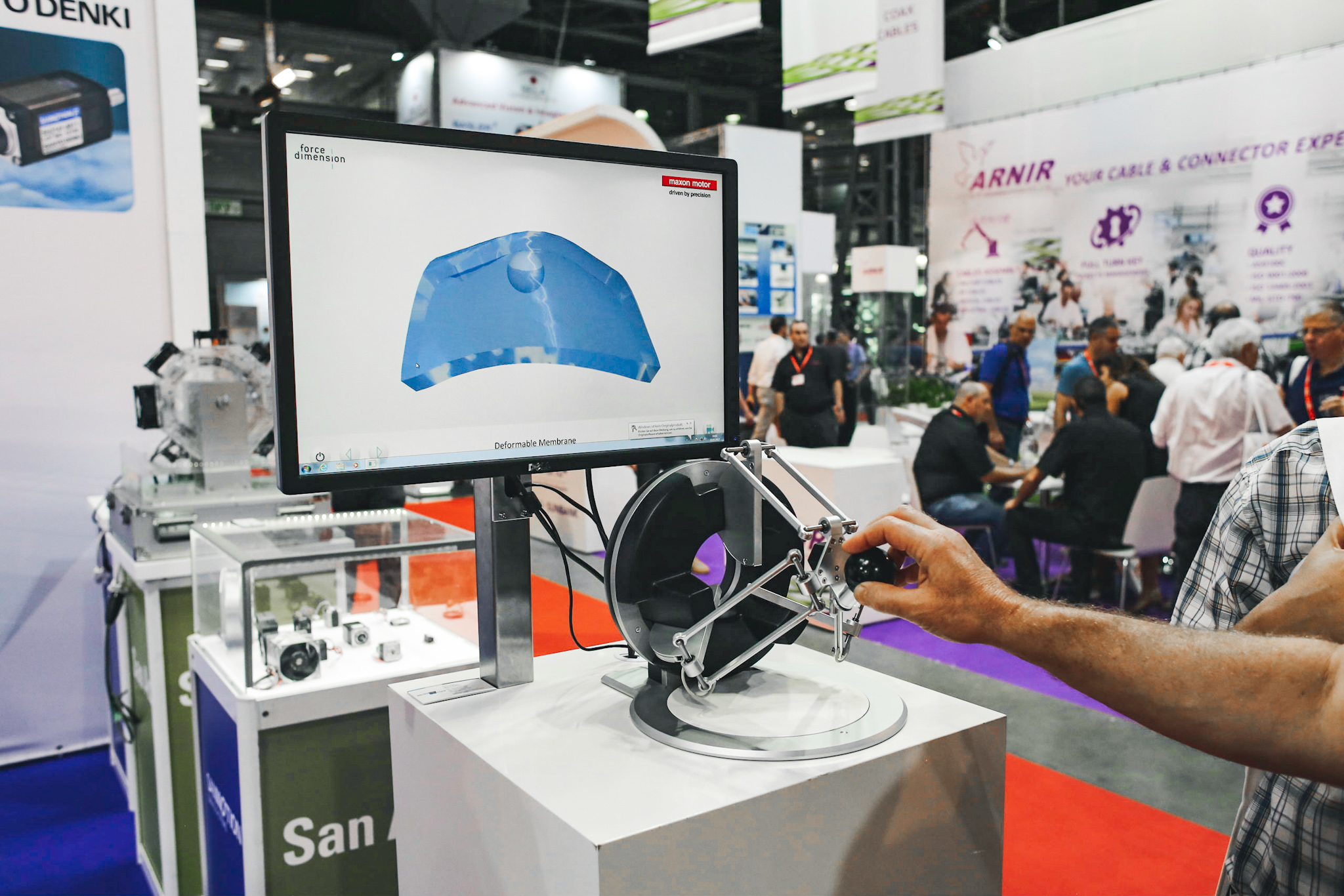The Technology Research 2020 is a three-day professional development conference focused on technology integration strategies
This meetup provides guidance, ideas and resources to assess the integration of technology into an enterprise. Infusing a business with technology can be a transforming experience: the potential exists to change almost every aspect of business operations, and much of operation and marketing. Applications of technology in practice are examined through key questions, indicators, and measures for technology integration in the competitive business setting.

There are a number of reasons to track the effectiveness of technology integration. The integration of technology into a public/government organization is in many ways like its integration into any business setting; technology is just a tool to improve productivity and practice. Measures need to be available to assess effectiveness, and yet some of the most significant effects can be difficult to measure. For administrative tasks, technology can improve worker productivity by removing repetitive aspects of complex tasks or improving system communication. Technology integration in the organization also has the potential to support important HR goals. Technology, it has been argued, helps change employer-employee relationships, encourages project-based interaction, and supports the acquisition of skills such as “higher order thinking,” analysis, and problem solving. The most important reason for measuring, though, is the understanding that the impact of technology on organizations is dependent upon how successfully technology is integrated.
Technology integration is the incorporation of technology resources and technology-based practices into the daily routines, work, and management of enterprise. Technology resources are computers and specialized software, network-based communication systems, and other equipment and infrastructure. Practices include collaborative work and communication, Internet-based research, remote access to instrumentation, network-based transmission and retrieval of data, and other methods. This definition is not in itself sufficient to describe successful integration: it is important that integration be routine, seamless, and both efficient and effective in supporting business goals and purposes.
Integrating technology is what comes next after making the technology available and accessible. It is a goal-in-process, not an end state. The goal of perfect technology integration is inherently unreachable: technologies change and develop, technology startups come and go, things change. It is the process by which people and their institutional setting adapt to the technology that matters most. The process of technology integration is one of continuous change, learning, and (hopefully) improvement. Developing a culture that embraces technology is also important to its successful integration; for example, using cloud integration platforms, or encouraging staff to adopt microservices rasher than developing in-house applications, fosters a culture that accepts technology as “natural” to the business of everyday work.
Technology Digest
- High Energy Military Laser Market Forecast
- U.S. Federal Cybersecurity Market Forecast
- Adapting to Survive: Analyzing the Evolution of the Social Media Industry Amidst Technological, Regulatory, and User-Driven Shifts
- Social Media Monitoring in PR and Communication
- The Rise of Federation in Social Media
- Turning Trash into Cash: Smartphone Recycling
- HyLight raises €3.7 million ($4 million) to decarbonize aerial inspection with its hydrogen-powered airship drone
- SiFive Unveils the HiFive Premier P550, the First Commercially Available Out-of-Order RISC-V Development Board
- Imagination’s New Catapult CPU Is Driving RISC-V Device Adoption
- Toyoda Gosei’s High-Pressure Hydrogen Tank to be Used on Passenger Ship
- Press registration for IOT Solutions World Congress 2024 is open
- Hackers Linked to Russia’s Military Sabotaging US Water Utilities
- Xiid SealedTunnel: Unfazed by Yet Another Critical Firewall Vulnerability (CVE-2024-3400)
- The Finish cyber security company detected an unknown malware related to the Russian GRU
- Arcfield awarded $93M follow-on contract to continue development of cross-domain cyber solutions with U.S. Air Force
- World IT Show (WIS) Kicks Off in Seoul, Korea
- Nutanix Announces 2024 .NEXT Event Lineup: Say “Yes” to Hybrid Multicloud
- Infobip Gears Up for Second Edition of Developer Shift Conference in the U.S.
- 2024 COMPUTEX Forum to Focus on Artificial Intelligence Delving into the Realm of Generative AI through Application and Hardware Innovation
- Webinar: A Comprehensive Guide on Organizing a Technology Conference
- Impact of Electric Vehicles on Independent Repair Shops
- RISC-V and Open POWER Instruction Set Architecture (ISA) Fortunes are Rising, Market Analysis
- Resilient Workforce Stokes Inflation Fears: Fed Likely to Keep Foot on the Gas Pedal
- The AI Boom That Propelled the 2023 Market
- Electric Car Industry Charges Ahead: Hong Kong’s Financial Hub Beckons for Expansion
Leave a Reply